Step 1:
First add FrameLayout and make facebook button visibility="gone" and add your custom button.
Don't forgot to put xmlns:facebook="http://schemas.android.com/apk/res-auto" in your main layout.
<FrameLayout
android:id="@+id/FrameLayout1"
android:layout_width="match_parent"
android:layout_height="wrap_content" >
<com.facebook.login.widget.LoginButton
android:id="@+id/login_button"
android:layout_width="wrap_content"
android:layout_height="wrap_content"
android:visibility="gone" />
<Button
android:id="@+id/fb"
android:layout_width="fill_parent"
android:layout_height="wrap_content"
android:background="#416BC1"
android:onClick="onClick"
android:text="FaceBook"
android:textColor="#ffffff"
android:textStyle="bold" />
</FrameLayout>
Step 2:
Initialize FacebookSdk in onCreate before inflecting layout.
FacebookSdk.sdkInitialize(this.getApplicationContext());
Step 3: add this into your java file.
callbackManager = CallbackManager.Factory.create();
fb = (Button) findViewById(R.id.fb);
loginButton = (LoginButton) findViewById(R.id.login_button);
List < String > permissionNeeds = Arrays.asList("user_photos", "email",
"user_birthday", "public_profile", "AccessToken");
loginButton.registerCallback(callbackManager,
new FacebookCallback < LoginResult > () {@Override
public void onSuccess(LoginResult loginResult) {
System.out.println("onSuccess");
String accessToken = loginResult.getAccessToken()
.getToken();
Log.i("accessToken", accessToken);
GraphRequest request = GraphRequest.newMeRequest(
loginResult.getAccessToken(),
new GraphRequest.GraphJSONObjectCallback() {@Override
public void onCompleted(JSONObject object,
GraphResponse response) {
Log.i("LoginActivity",
response.toString());
try {
id = object.getString("id");
try {
URL profile_pic = new URL(
"http://graph.facebook.com/" + id + "/picture?type=large");
Log.i("profile_pic",
profile_pic + "");
} catch (MalformedURLException e) {
e.printStackTrace();
}
name = object.getString("name");
email = object.getString("email");
gender = object.getString("gender");
birthday = object.getString("birthday");
} catch (JSONException e) {
e.printStackTrace();
}
}
});
Bundle parameters = new Bundle();
parameters.putString("fields",
"id,name,email,gender, birthday");
request.setParameters(parameters);
request.executeAsync();
}
@Override
public void onCancel() {
System.out.println("onCancel");
}
@Override
public void onError(FacebookException exception) {
System.out.println("onError");
Log.v("LoginActivity", exception.getCause().toString());
}
});
Step 4:
Don't forget to add following code.
@Override
protected void onActivityResult(int requestCode, int responseCode,
Intent data) {
super.onActivityResult(requestCode, responseCode, data);
callbackManager.onActivityResult(requestCode, responseCode, data);
}
Step 5:
Set your custom button click to FacebookLogin button click.
public void onClick(View v) {
if (v == fb) {
loginButton.performClick();
}
}
Step 6:
For programmatically logout use this.
LoginManager.getInstance().logOut();
Step 7: you can find user logged in or not by profile.
profile = Profile.getCurrentProfile().getCurrentProfile();
if (profile != null) {
// user has logged in
} else {
// user has not logged in
}

